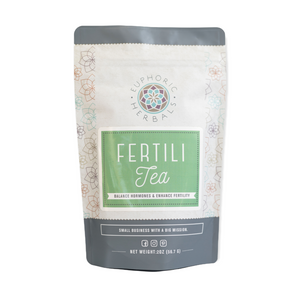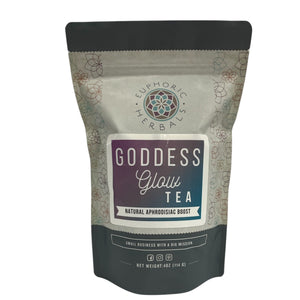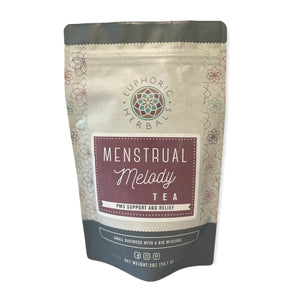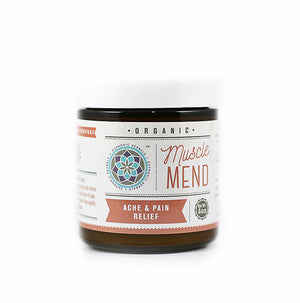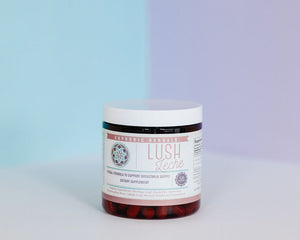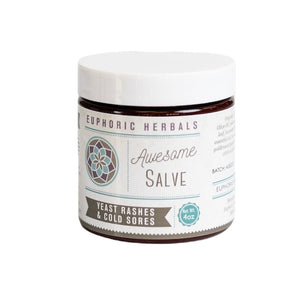New moms are frequently surprised by just how much there is to learn about breastfeeding. In fact, it's not unusual for first-time moms to be unaware of terms like foremilk and hindmilk.
What are foremilk and hindmilk? Are you concerned that you are producing an imbalance between the two types of milk and that this may have a negative effect on your baby?
Read on to learn more about what foremilk and hindmilk are and to determine whether or not your baby is being affected by an imbalance.
Foremilk and Hindmilk
Many new moms pump their breast milk so that their baby can eat, even if they aren't immediately available. Pumped breast milk is often stored in the refrigerator, and parents can be surprised to see milk that's been stored for a while begin to separate.
The fattier milk always rises to the top, while a more translucent, watery-looking milk sinks to the bottom. Separation of breast milk is a totally normal and natural phenomenon, so there's no need to worry about it if you see it occurring in your fridge.
The foremilk is the less fatty portion of the breast milk that settles towards the bottom of the bottle, while the fattier hindmilk rises to the top. As you might have guessed from the name, the foremilk is dispensed earlier in the nursing session with the hindmilk flowing at the end.
These two different phases of breast milk are part of a natural phenomenon.
The fatty parts of breast milk have a tendency to stick together. The fat also adheres to your milk ducts. This means that the early portion of breast milk that is dispensed in any nursing session is more watery and less fatty. As the breast empties, more fat flows out with it, creating the fattier hindmilk.
Explaining the Foremilk / Hindmilk Imbalance
Imbalances can occur when the baby seems to be satisfied with meals of foremilk that don't entirely empty the breast. This means that he or she is getting a larger dose of lactose and not nearly enough healthy fat, which is essential for growth and good nutrition.
What Causes a Foremilk / Hindmilk Imbalance?

Usually, an imbalance occurs when the mother has too much breast milk. The baby gets full on the foremilk and doesn't feel the need to keep suckling for the hindmilk.
Alternatively, an imbalance may occur when the baby switches too frequently from one breast to the other. This provides an opportunity to get double doses of foremilk while missing out on hindmilk.
Moms who decide to exclusively pump breast milk rather than nursing at the breast are less likely to run into problems with an imbalance. This is because both the foremilk and the hindmilk are mixed up together in the same bottle. The baby eats both types of breast milk at once, delivering well-balanced nutrition.
However, moms who exclusively pump may run into problems with an imbalance if they are producing too much breast milk or if they are using shorter pumping sessions that don't adequately empty the breasts.
How to Recognize a Foremilk / Hindmilk Imbalance
Many natural signals may indicate that your baby isn't getting enough hindmilk. These symptoms may include:
- Frequent instances of green poop
- Colic symptoms on a regular basis
- Fussier than usual
- Short feedings lasting only five or ten minutes
- Gassier than has been typical
If the baby starts to exhibit one or more of these signs, it may be worth considering whether or not a foremilk/hindmilk imbalance is at work.
The nursing mother may also show the signs of an imbalance, so be on the lookout for these indications. Common symptoms include plugged milk ducts, forceful letdowns, and breasts that frequently feel overfull.
Should You Be Worried About an Imbalance?

Before all else, it's important to understand that foremilk/hindmilk imbalances are rather unusual. Many moms never encounter any sort of imbalance.
Plus, many of the signs of an imbalance may actually be caused by something else. As an example, green poop may be a result of things like:
- Eating green vegetables
- Starting to eat solid foods
- Eating something with food coloring
- A virus
- Teething
There may be no cause for concern when your baby produces some green stool. If this is happening on a consistent basis and your baby is showing other signs, like an unusual amount of fussiness, this may be a sign that a foremilk/hindmilk imbalance is at work.
The first step is likely a consultation with your pediatrician. This will help to set your mind at rest that there is nothing more serious at work. Your doctor also may have some helpful tips and advice that will help get you and your baby back on track.
Tips for Correcting an Imbalance
If you are a regular user of a breast pump, try to go for longer pumping sessions. This means that you'll have more time to get past the foremilk and into the fattier hindmilk. Keep in mind that the emptier you can make your breast, the more milk you are pumping into the bottle for your baby to eat.
Some moms may just try to add a few more minutes to each pumping session. For other moms, it may make sense to drop a pumping session. This means that you would pump one less time each day, but make each of the remaining pumping sessions a little bit longer than has been your practice.
Other moms have found success by separating the first ounce of milk that they pump. This works particularly well for moms who have an oversupply, which may be categorized as anything more than 50 or 60 ounces a day. Basically, all you have to do is pump out the first ounce into a separate container before you complete the pumping process with the bottles.
Another technique that frequently works is to keep the milk from a single pumping session together in the same container. This ensures that as long as you pump until your breast is fairly empty, you're getting both the foremilk and the hindmilk all together in one bottle.
If that isn't working for you, then try to do the opposite. With this technique, you'll combine the milk that you produce from more than one pumping session. You'll need a larger container, like a pitcher, to hold the larger amount of milk. Then, you simply fill the bottles from the larger container, ensuring a good mix of foremilk and hindmilk.
Babies also may respond well when mom frequently changes their feeding position. For example, changing from a side-lying position to having mom lean far forward may help.
Additionally, lactation consultants frequently recommended not waiting to feed your baby until she is too hungry. Excessive hunger leads to aggressive sucking, and this can cause mom to produce an oversupply of milk. With an oversupply, you are more likely to give your baby too much foremilk and not enough hindmilk.
Turn to Euphoric Herbals for Help
Whether you are exclusively pumping breast milk, nursing, or doing a combination of both, Euphoric Herbals is here to support you in your journey to give your baby the best possible start in life.
We offer a range of healthy, all-natural, and organic products that are designed to keep you and your baby on the path to wellness. Consult your pediatrician if you believe that a foremilk/hindmilk imbalance is negatively affecting your little one, and look to Euphoric Herbals for further guidance, advice, and insight.






















































